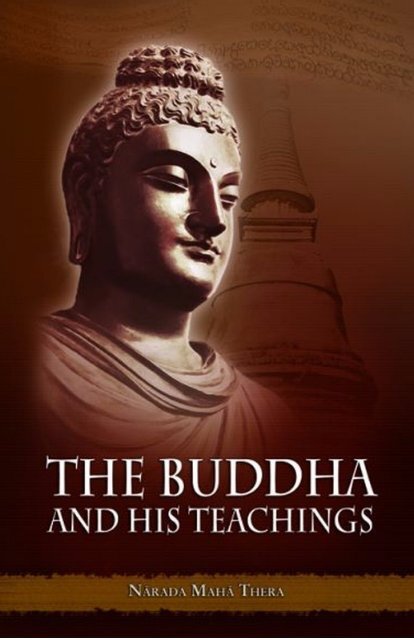
: pp 16–20 TM meditators are instructed to keep their mantra secret to ensure maximum results, to avoid confusion in the mind of the meditators, and as a "protection against inaccurate teaching". The mantra is said to be a vehicle that allows the individual's attention to travel naturally to a less active, quieter style of mental functioning. The TM technique consists of silently repeating a mantra with "gentle effortlessness" while sitting comfortably with eyes closed and without assuming any special yoga position. Worldwide, four to ten million people are reported to be practitioners. Laura Tenant, a reporter for The Independent, said that her TM experience includes going "to a place which was neither wakefulness, sleeping or dreaming", and becoming "detached from my physical self".

Scottish chess grandmaster Jonathan Rowson has said that his TM practice gives "a feeling of serenity, energy and balance", but does not provide "any powerful insight into your own mind". TM teachers caution their students not to be alarmed by random thoughts and to "attend" to the mantra. Practice of the technique includes a process called "unstressing" which combines "effortless relaxation with spontaneous imagery and emotion". Other authors describe the technique as an easy, natural technique or process, : 340–341 and a "wakeful hypometabolic physiologic state". : pp 46–52 Because it is mantra based, the technique "ostensibly meets the working definition of a concentration practice" however, the TM organisation says that "focused attention" is not prescribed, and that the "aim is an unified and open attentional stance". According to the Maharishi, "bubbles of thought are produced in a stream one after the other", and the Transcendental Meditation technique consists of experiencing a "proper thought" in its more subtle states "until its subtlest state is experienced and transcended". The technique is recommended for 20 minutes twice per day.

A 2012 meta-analysis published in Psychological Bulletin, which reviewed 163 individual studies, found that Transcendental Meditation produced superior results in "reducing negative emotions, trait anxiety, and neuroticism" as well as improving "learning and memory" by comparison with other meditation approaches. The methodological quality of scientific research on the therapeutic benefits of meditation in general is poor, because of the varying theoretical approaches and frequent confirmation bias in individual studies. Advanced courses supplement the TM technique with the TM-Sidhi program. The technique is purported to allow practitioners to experience higher states of consciousness. Īdvocates of TM claim that the technique promotes a state of relaxed awareness, stress-relief, creativity, and efficiency, as well as physiological benefits such as reducing the risk of heart disease and high blood pressure.

Unlike some other approaches to meditation, TM instruction encourages students not to be alarmed by random thoughts which may arise, but to easily return to the mantra when one becomes aware of this. The practice involves the use of a private mantra, and is practised for 20 minutes twice per day while sitting comfortably with one's eyes closed.

The Transcendental Meditation technique (abbreviated as TM) is the technique associated with the practice of Transcendental Meditation developed by the Indian spiritual figure Maharishi Mahesh Yogi.


 0 kommentar(er)
0 kommentar(er)
